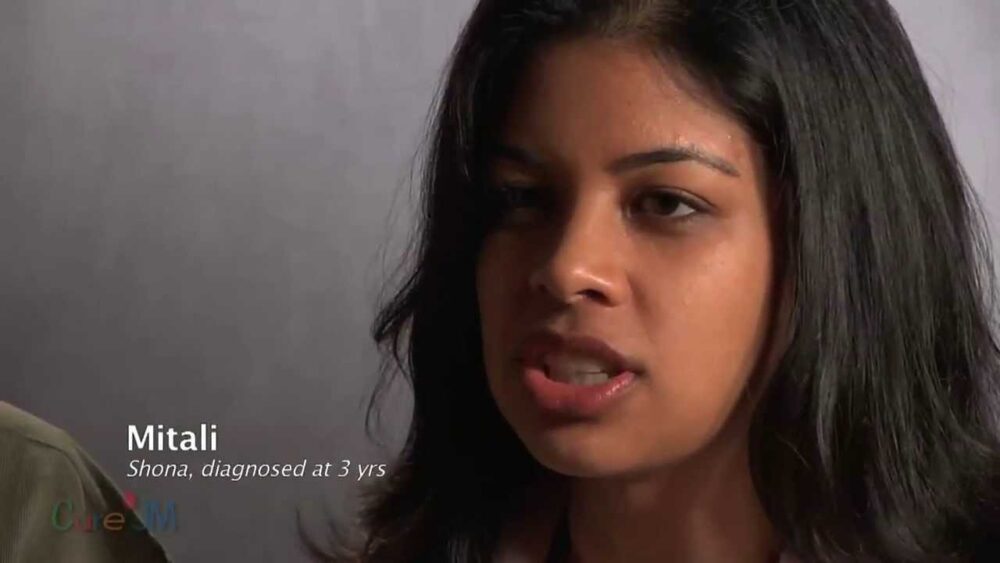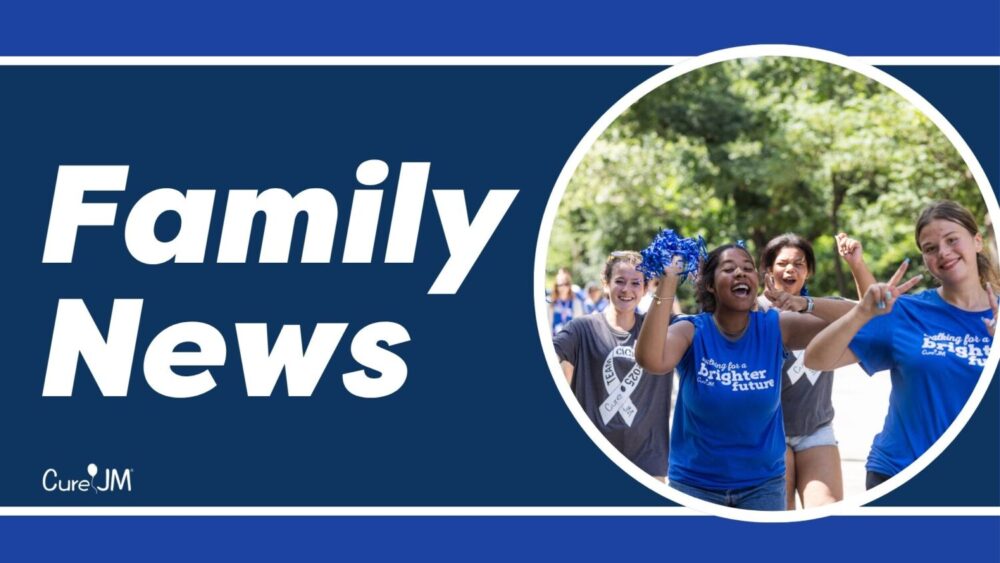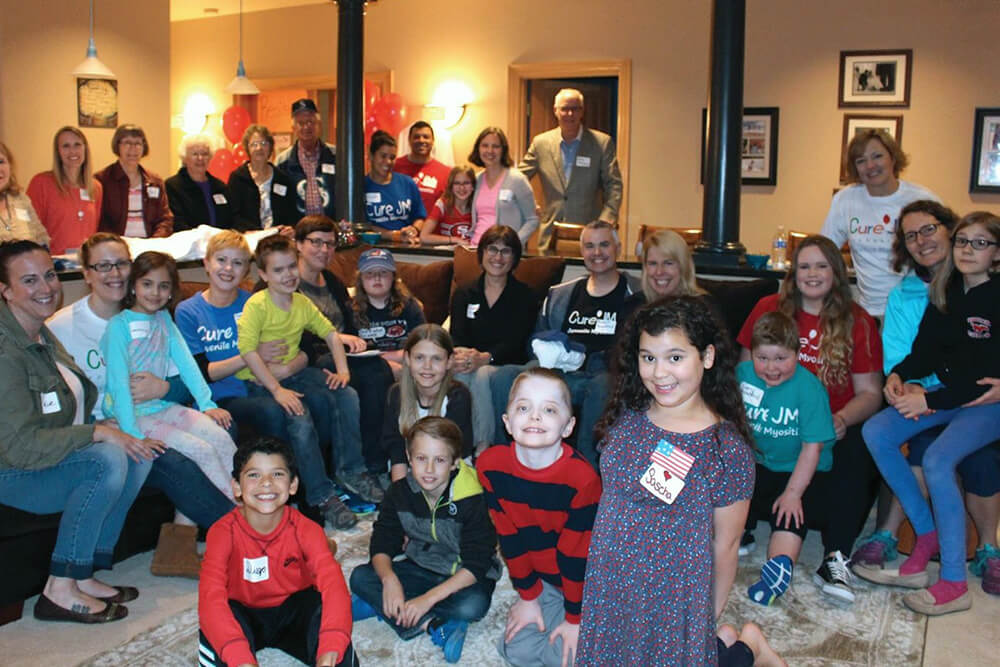The Cure JM Foundation produces a monthly newsletter with the latest news and updates about juvenile myositis. Please click below to read past issues of the Family News.

Juvenile Myositis Educational Video
This video provides an overview of juvenile myositis for families newly diagnosed with juvenile dermatomyositis (JDM) or juvenile polymyositis (JPM).



